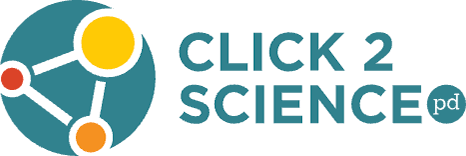Tips for Using Training Guides
Training resources are designed for hands-on, interactive professional development experiences. These trainings engage staff with new ideas through experiences, discussions, and interaction.

Prior to the Session
- Before investing time planning or facilitating professional development, consider why you are doing it and what outcomes you expect for individual participants and the program as a whole.
- Be prepared. Be sure you know what you will be doing and have all the materials and supplies required. Ensure that the physical space you will be using will accommodate the activity you have planned.
- Read through the training guide to familiarize yourself with the content. Plan how to personalize it to fit your presentation style. Think about questions you can use to deepen learning.
- Communicate with participants and let them know what to expect and what they need to do to prepare for the training. You can use the sample email in the training guide.
During the Session
- Expect the participants in your workshop to bring their own experiences and expertise to the learning situation. Be ready to build upon the expertise of the group and create a positive learning environment.
- Get to know your participants, use their names, and invite them to share their own ideas whenever it is appropriate.
- Engage all learners and be ready to adapt to specific difficulties or limitations of individuals. Never allow put-downs. Recognize their need for input and reward success.
- When participants are working in small groups, move around the room, be prepared to help but willing to let them guide their own learning.
- It is much easier to be flexible when you have a clear plan. Always remember the best learning experience may not be the one you planned and let it happen.
- Notice if learners are getting bored or tired and respond by changing the pace – have everyone move around or do something different.
- Keep in mind that the goal of professional development is to improve program quality, not just to convey specific content.
- Always take time for learners to reflect on what has been learned and how it can be applied. This is more important than covering all the content.
After the Session
- Evaluate how the session went and make adjustments as necessary for your next workshop.
- Follow up with learners after the workshop with an email as suggested in the training guide and complete any other follow-up you committed to.
More Resources
- Core Competencies for Afterschool Trainers by National Afterschool Association (2011). Retrieved from http://naaweb.org/resources/item/33-trainer-quality
- Transfer of Training by Mary L. Broad and John W. Newstrom (1992).
